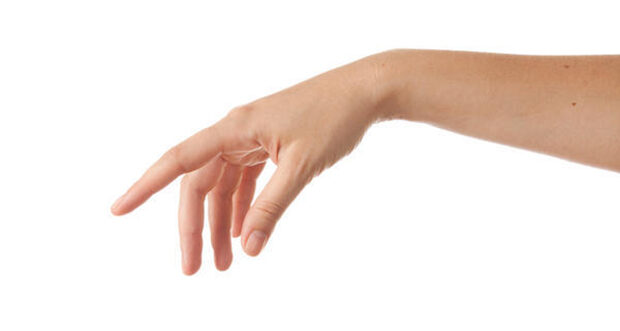
Repair of anterior cruciate ligament
Anatomy of Anterior Cruciate Ligament Anterior cruciate ligament is one of the main ligaments that…

Whereas wrist ganglion cyst arises during thirties of the life, it may also appear in children. It is more frequently see in women than men. Patients generally do not have any complaint than swelling. This swelling may exist for weeks or years. Frequently the patients may suffer from cosmetic appearance this may occur with pain rarely in some of the patients.
Whereas ganglion cysts occur on the back of the wrist at a rate of 60- 70 %, they may also occur inside the wrist at a rate of 18- 20%. Ganglion cyst is found as a single mass, however inside of it may include cubicles. Ganglion cyst has an intense liquid inside it, this liquid includes glucosamine, albumin, globulin and hyaluronic acid.
When the wrist is forced, the fluid inside the cyst increases, the cyst grows; with resting the liquid decreases and the cyst becomes smaller.
 It is not still well known why the ganglion cyst occurs. There are various theories about the mechanism of formation. The ganglion cyst does not have the potential to become cancer.
It is not still well known why the ganglion cyst occurs. There are various theories about the mechanism of formation. The ganglion cyst does not have the potential to become cancer.
The ganglion cyst could be diagnosed with physical examination. MR could be necessary for obtaining final information about the size and localization. Ultrasonography could also be used as a diagnosis method. It is important that the ganglion cyst is distinguished from other reasons that constitute mass on the wrist (giant cell tendon tumor, lipoma, tenosynovitis etc.) At this stage, MR is a very beneficial imaging method.
Treatment :
Different methods have been tried in the treatment of ganglion cyst from past to modern ages.
It should not be forgotten that the treatment of ganglion cyst mainly arises from the concern of appearance of the patient. It is rarely painful. In painful cases, the pain occurs as a result of occurrence of pressing on dorsal interosseous nerve.
In conservative methods: Rest braces and non-steroid anti-inflammatory drugs are used. In this method, only the liquid content of the cyst temporarily decreases and the cyst may grow again when the person starts to use his hand. Although this is not a final treatment method, a partial resting could be  provided. Another methods which is widely accepted among the public is to tightly bind a metal coin on the cyst. This method is not a way of treatment. This does not mitigate the cyst, it could lead to horizontal growth of the cyst, creating a smaller appearance from outside.
provided. Another methods which is widely accepted among the public is to tightly bind a metal coin on the cyst. This method is not a way of treatment. This does not mitigate the cyst, it could lead to horizontal growth of the cyst, creating a smaller appearance from outside.
The second method is the method of emptying the content of the cyst with needle, where there is a high chance of reversal since the walls of the cyst are inside. In cases of injection of cortisone or scatrizan substance inside the cyst following the emptying of the cyst with needle, the risk of relapse is less compared to emptying with needle. However, the risk of substances injected inside the cyst damaging the joint cartilage is quite high For that reason it is not recommended.
The most frequent and effective treatment method is surgical removal of the cyst. Other than the complications due to anesthesia, the surgical treatment could have early side effects of hematoma due to bleeding, infection, injury of vein and nerve, and hardness of wrinkle. There is a possibility of relapse at later period with a rate of 15- 20 %.
Prof. Dr. Özgür ÇETİK